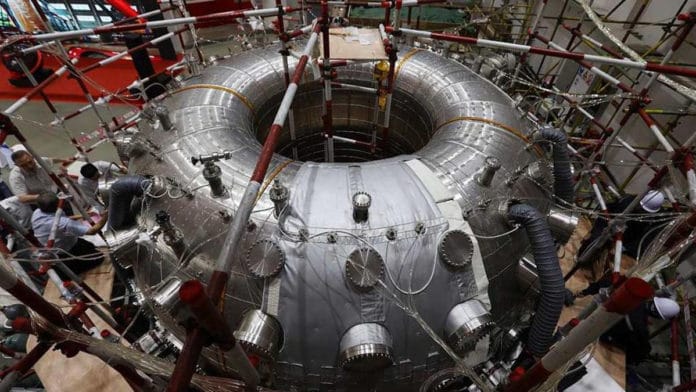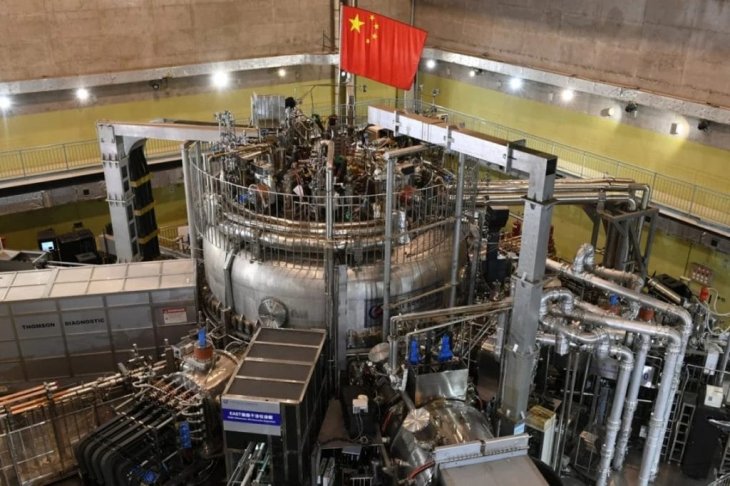China's Artificial Sun Will Start Operating In 2020
Aadhya Khatri - Dec 11, 2019

The toroid of this artificial Sun is projected to reach 200 million degrees, forming what scientists called plasma
- The Sun To Enter Lockdown, Which Could Cause A Mini Ice Age On Earth
- NASA's Giant Telescope Will Allow Us Peer Back Into The Times Of Dinosaurs
- These Solar Panels Can Still Generate Electricity At Night
The artificial sun of China, or ITWER (short for International Thermonuclear Experimental Reactor), will be launched next year. This piece of news was declared by Duan Xuzhu, head of the Southwest Institute of Physics at the Chinese National Nuclear Industry Corporation.
This manmade Sun’s toroid is projected to reach 200 million degrees, forming what scientists called plasma. China has spent close to a billion dollars on this project and it is controlled by the China National Nuclear Corporation.

This artificial Sun house the HL-2M reactor, a revamped model of the HL-2A, which was among the three thermonuclear fusion reactors China has. All of the needed tests have been done and the manmade Sun is said to be ready for operation.
Back in June, China started implementing the artificial Sun and the process is believed to end this year. This device will replicate what happens on the real Sun to generate clean energy, with deuterium gases and hydrogen as the fuel for the reactions.

The scientists behind this device said that the artificial Sun would act as a support for the country’s involvement in an experiment of fusion reactors, which has the participation of several nations all over the world. It can also help with the construction of other reactors in the country.
Before the creation of this artificial Sun, the most prominent achievement in creating manmade thermonuclear fusion is from a community of international scientists.
This artificial thermonuclear fusion reactor is part of an ongoing effort of China to develop its fusion technology. It also participates in the ITER project and works alongside Russia, India, South Korea, the U.S, the European Union, and Japan.
Featured Stories

Features - Jul 01, 2025
What Are The Fastest Passenger Vehicles Ever Created?

Features - Jun 25, 2025
Japan Hydrogen Breakthrough: Scientists Crack the Clean Energy Code with...

ICT News - Jun 25, 2025
AI Intimidation Tactics: CEOs Turn Flawed Technology Into Employee Fear Machine

Review - Jun 25, 2025
Windows 11 Problems: Is Microsoft's "Best" OS Actually Getting Worse?

Features - Jun 22, 2025
Telegram Founder Pavel Durov Plans to Split $14 Billion Fortune Among 106 Children

ICT News - Jun 22, 2025
Neuralink Telepathy Chip Enables Quadriplegic Rob Greiner to Control Games with...

Features - Jun 21, 2025
This Over $100 Bottle Has Nothing But Fresh Air Inside

Features - Jun 18, 2025
Best Mobile VPN Apps for Gaming 2025: Complete Guide

Features - Jun 18, 2025
A Math Formula Tells Us How Long Everything Will Live

Features - Jun 16, 2025
Comments
Sort by Newest | Popular